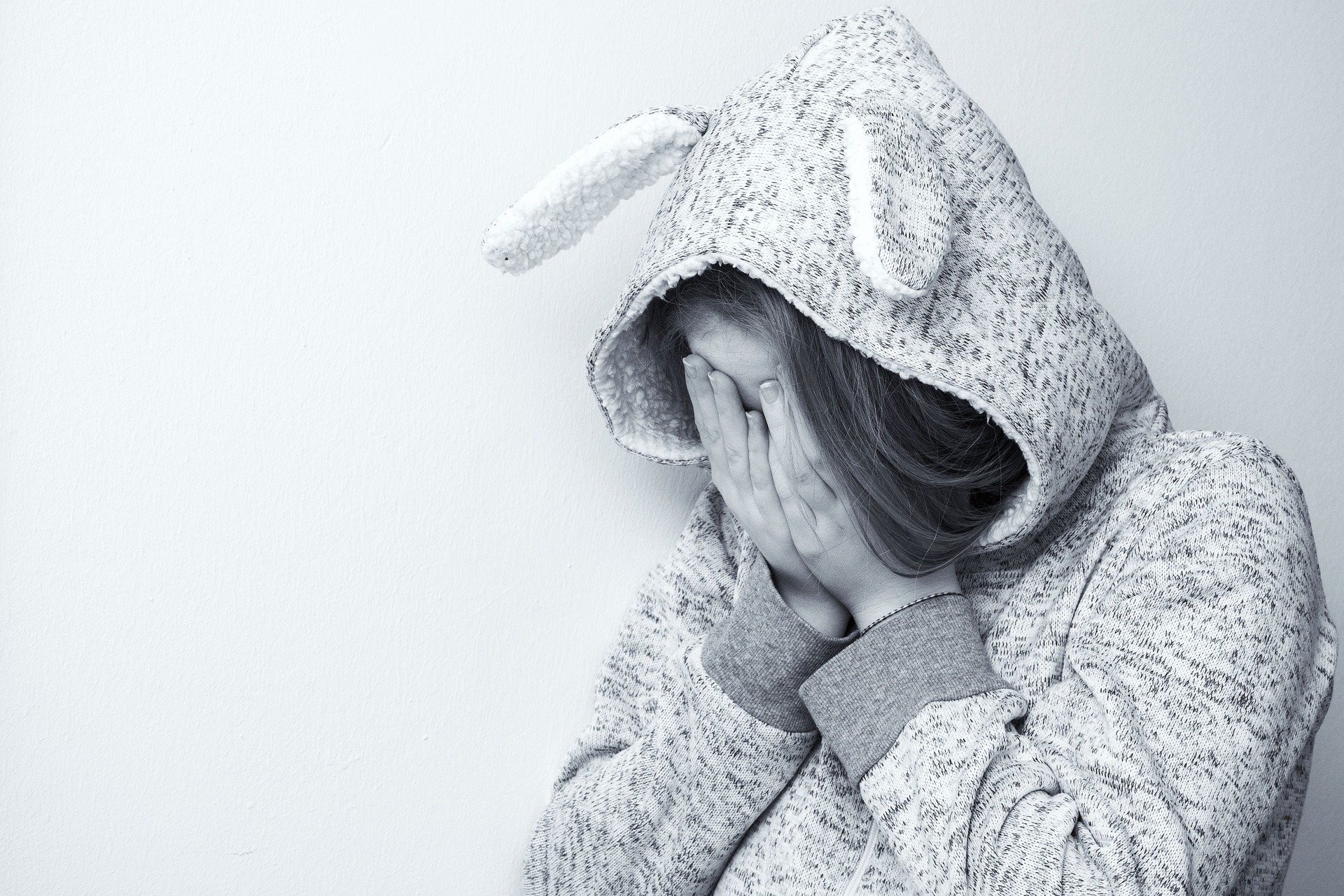Written by Elizabeth Montoya and Edited by Rasheed Majzoub

We live in a world where it is common to judge others by physical appearance over social media and in person. This can not only create feelings of self-consciousness in individuals, but also have more severe consequences by damaging an individual’s long-term idea of their self-image. This is not skin-deep insecurity, rather, it is a much deeper problem that negatively consumes and affects individual wellness. According to the Mayo Clinic, body dysmorphia is a mental disorder that leaves an individual unsatisfied with their physical appearance, leading them to imagine physical flaws [1]. While body dysmorphia can be attained at any point in one’s time, most individuals have greater susceptibility to it during their developmental phase (childhood, early and late teens).
Some individuals may be more affected by body dysmorphia than others, whether it is by nature or nurture. Individuals with a genetic predisposition for certain mental illnesses such as depression have a similar predisposition for body dysmorphia due to the influence of nature, or genetics. Individuals that experienced the childhood trauma of bullying and/or abuse can be negatively affected by these experiences much later in life, denoting the influence of “nurture” or the circumstances of one’s upbringing.
There are multiple symptoms of body dysmorphia: preoccupancy with what others might perceive as minimal flaws when it comes to appearances, an unwarranted belief that one is deformed and unattractive, having perfectionist tendencies and being paranoid of others’ scrutiny. Most individuals with body dysmorphia focus on up to 5-7 body parts that they deem as flawed [2].
Individuals with body dysmorphia can potentially be so focused on these “flaws” of their body image that other areas in their lives are neglected, affecting multiple factors within a person’s life including social institutions such as employment or marriage [3]. This occurs because the individual becomes preoccupied and fixated on their physical appearance, hindering them at social events, in meeting and talking to others.
Oftentimes, individuals with body dysmorphia stop attending work or school and stay in a safe space such as their home in order to avoid others and social activities [4]. This happens because individuals that have body dysmorphia are afraid to be judged or criticized for their physical appearance. They believe that others will make fun of their “flaws”. Body dysmorphia does not only affect an individual’s physical and mental wellbeing– it can also affect an individual’s financial status. This can potentially occur because the individuals become so negatively affected by their perceived bodily flaws that they are willing to pay for interventional operations that result in little to no satisfaction [2]. Body dysmorphia is very unfortunate because there are multiple factors that can cause this disorder.
This chronic mental illness starts in childhood and affects individuals for the rest of their lives. Studies have shown that Body Dysmorphic Disorder (BDD) affects males and females at the same rate and has similar clinical features as well [3]. It is considered a chronic illness because it can last more than one year and, in many cases. permanently have a detrimental effect on the lives of the affected individuals. Most adults who have body dysmorphia suffered some form of abuse during childhood. About 78.7% of individuals suffered from a form of maltreatment, which resulted in a higher chance of negative consequences ranging from body dysmorphia to suicide [2]. Most studies are conducted in Western Europe and North America, but there has been cross-referencing between locations [4]. If symptoms become more drastic such as thoughts of hurting others, thoughts of committing suicide and fixation on perceived flaws, it can result in social isolation and neglecting food and water.
It is important to seek a mental health professional that will be able to assess individuals before the situation becomes so dire [1]. Treatment options are available including cognitive behavioral therapy and selective serotonin reuptake inhibitor (SSRI) medication. SSRI is a class of antidepressant medications with uses for other issues such as anxiety [4]. In one study, 58% of participants with body dysmorphia responded positively to SSRI medication, versus a low 5% response rate for non-SSRI medications [3]. A strong social support system is yet another factor that has been seen to have a positive effect on victims of body dysmorphia.
Awareness of body dysmorphia is on the rise today, and rightly so. The more we know about body dysmorphia, and the more people who know about it, the better we can fight it.
References:
[1] Mayo Foundation for Medical Education and Research. “Body Dysmorphic Disorder.” Mayo Clinic, 29 Oct. 2019, www.mayoclinic.org/diseases-conditions/body-dysmorphic-disorder/symptoms-causes/ syc-20353938.
[2] Hong, K., Nezgovorova, V., Hollander, E. (2018). New perspectives in the treatment of body dysmorphic disorder. F1000Research, 7:361
[3] Phillips, K.A. (2004). Body dysmorphic disorder: recognizing and treating imagined ugliness. World Psychiatry, 3: 12-17
[4] Singh, A.R., Veale, D.(2019).Understanding and treating body dysmorphic disorder. Indian Journal of Psychiatry, 61:S131-S135
